‘WOVEN CITY’ OF THE FUTURE
30 Jan 2020
Toyota has revealed plans to build a prototype “city of the future” at the base of Mount Fuji in Japan. Designed by BIG, Woven City will be used as a lab for Toyota to create smart technology for the world's cities, and will feature assisting robots, automated vehicles, a transportation grid, sustainable power generation and much more.

Toyota revealed the plans at CES 2020 – the world’s largest consumer technology fair – in Las Vegas to build the prototype smart city on a 175-acre site at the base of Mount Fuji in Japan. Designed by Bjarke Ingels Group (BIG), Woven City will feature a fully-connected ecosystem powered by hydrogen fuel cells. The city will be used as a laboratory for autonomous cars, smart homes, artificial intelligence and other technologies developed by the company.
The fully connected ecosystem will serve as a home to fulltime residents and researchers who will be able to test and develop driverless vehicles, robotics, smart home technology and artificial intelligence in a real-world environment. Around 2000 people will be able to live in the city, including Toyota’s own researchers and spaces dedicated for retirees, families and retailers. 
Scheduled to break ground in 2021, Woven City will be built on a stretched grid of pathways that aim to separate designations for self-driving mobility pods, pedestrians, and lower-speed mobility devices like electric scooters and bicycles. These three street types weave together to form an organic grid pattern to help accelerate the testing of autonomy.
“Today the typical street is a mess with everything and nothing everywhere, so we started by splitting the typical street into three separate forms of mobility,” said Bjarke Ingels, founder and creative director of BIG. “The first type is for faster transportation – every vehicle is autonomous with zero emissions – while street trees create the necessary distinction between people and vehicles. 
“The second type will be an urban promenade shared by pedestrians and slower personal mobility…and the final type of street will be a linear park with paths for pedestrians only.
“These three types of streets will then weave together into a woven grid of 3 x 3 city blocks, each framing a local park or courtyard. This not only creates a more serene living environment but also provides a wide variety of intersections between various kinds of users…to help accelerate Toyota’s testing of autonomy and smart city infrastructure.” 
Combining robotic production methods with traditional Japanese wood joinery, Woven City features a sustainable design with buildings made mostly of wood to minimise the carbon footprint. The rooftops will be covered in photovoltaic panels to generate solar power in addition to power generated by the hydrogen fuel cells.
“In a way we can preserve and evolve the old traditions through new technology,” explained Ingels. “Each block is home to a mix of spaces for living and working. Below ground we find the entire infrastructure of the city including its hydrogen power storage and water filtration systems. A network for the autonomous delivery of goods also takes place underground connecting directly to the buildings above.” 
To move residents through the city, only fully-autonomous, zero-emission vehicles will be allowed on the main thoroughfares. In and throughout Woven City, autonomous Toyota e-palettes will be used for transportation and deliveries, as well as for changeable mobile retail.
Toyota also plans to weave the outdoors in throughout, with native vegetation and hydroponics. Public areas include neighbourhood parks and a large central park for recreation, as well as a central plaza designed to bring the community together. Toyota believes that encouraging human connection will be an equally important aspect of this experience. 
“A swarm of different technologies are beginning to radically change how we inhabit and navigate our cities,” explained Ingels. “Connected, autonomous, emission-free and shared mobility solutions are bound to unleash a world of opportunities for new forms of urban life. With the breadth of technologies and industries that we have been able to access and collaborate with from the Toyota ecosystem of companies, we believe we have a unique opportunity to explore new forms of urbanity with the woven city that could pave new paths for other cities to explore.”
“Building a complete city from the ground up, even on a small scale like this, is a unique opportunity to develop future technologies, including a digital operating system for the city’s infrastructure,” said Akio Toyoda, president of Toyota Motor Corporation. “With people, buildings and vehicles all connected and communicating with each other through data and sensors, we will be able to test connected AI technology… in both the virtual and the physical realms… maximising its potential.” 
Residences will be equipped with the latest in human support technologies, such as in-home robotics to assist with daily living. The homes will use sensor-based AI to check occupants’ health, take care of basic needs and enhance daily life, creating an opportunity to deploy connected technology with integrity and trust, securely and positively.
Toyota will extend an open invitation to collaborate with other commercial and academic partners and invite interested scientists and researchers from around the world to come work on their own projects in this one-of-a-kind, real-world incubator. 
“We welcome all those inspired to improve the way we live in the future, to take advantage of this unique research ecosystem and join us in our quest to create an ever-better way of life and mobility for all,” Toyoda added.
Interested in partnering with Toyota on the development of Woven City? Click here.

View the demonstration video presented by Bjarke Ingels at CES 2020 below.
Via designboom | Images courtesy of Toyota
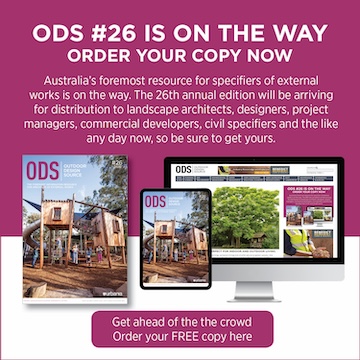
MORE NEWS

HARNESSING THE POWER OF DESIGN TO TRANSFORM CITIES
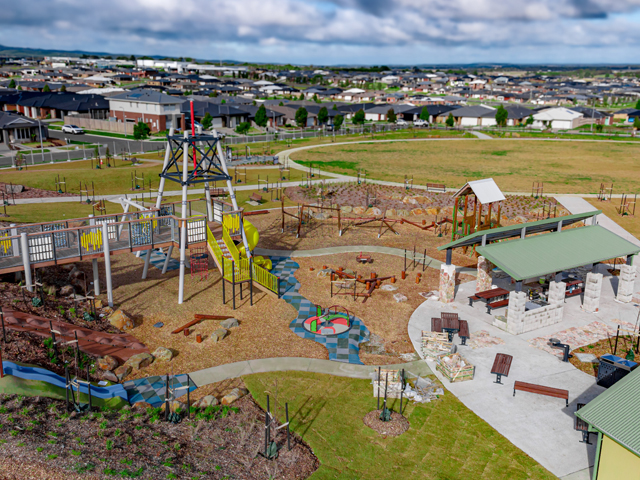
STRIKING GOLD IN BALLARAT
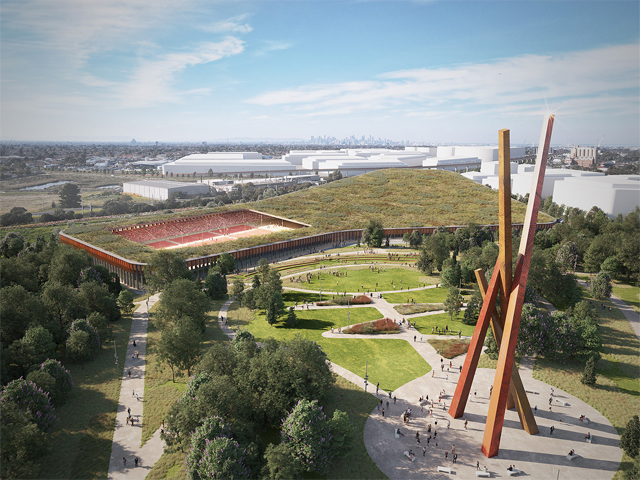
MELBOURNE'S NEW PARK ON A FORMER LANDFILL SITE
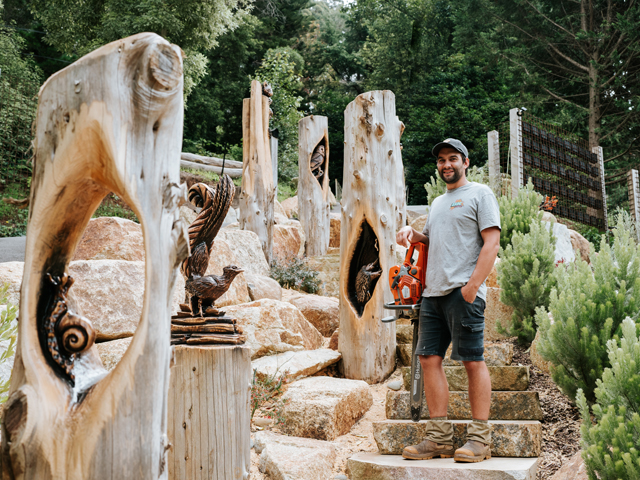
WOOD CARVING WITH BRANDON KROON
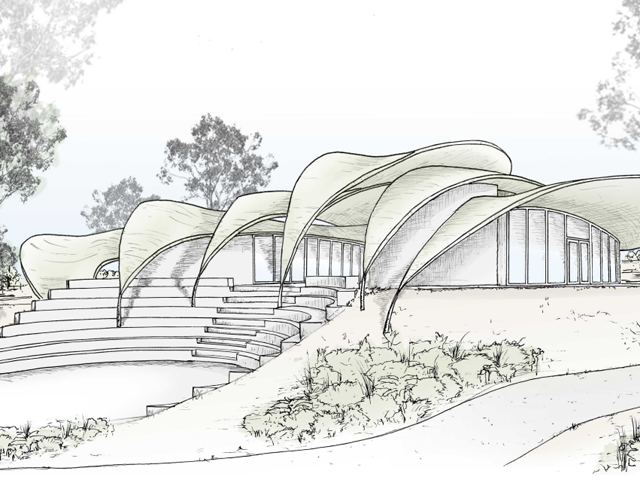
JARRAHDALE TRAIL CENTRE TAKES DESIGN CUES FROM NATIVE FLORA

